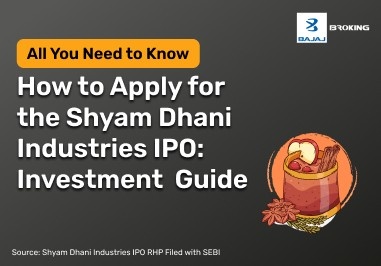Who is eligible to apply for an IPO?
- Answer Field
-
Any individual investor, institutional investor, high-net-worth individual (HNI), or qualified institutional buyer (QIB) meeting the IPO eligibility criteria can apply for an IPO. Retail investors need a demat account and PAN card, while companies must meet SEBI regulations. Foreign investors can participate via foreign institutional investor (FII) routes.













